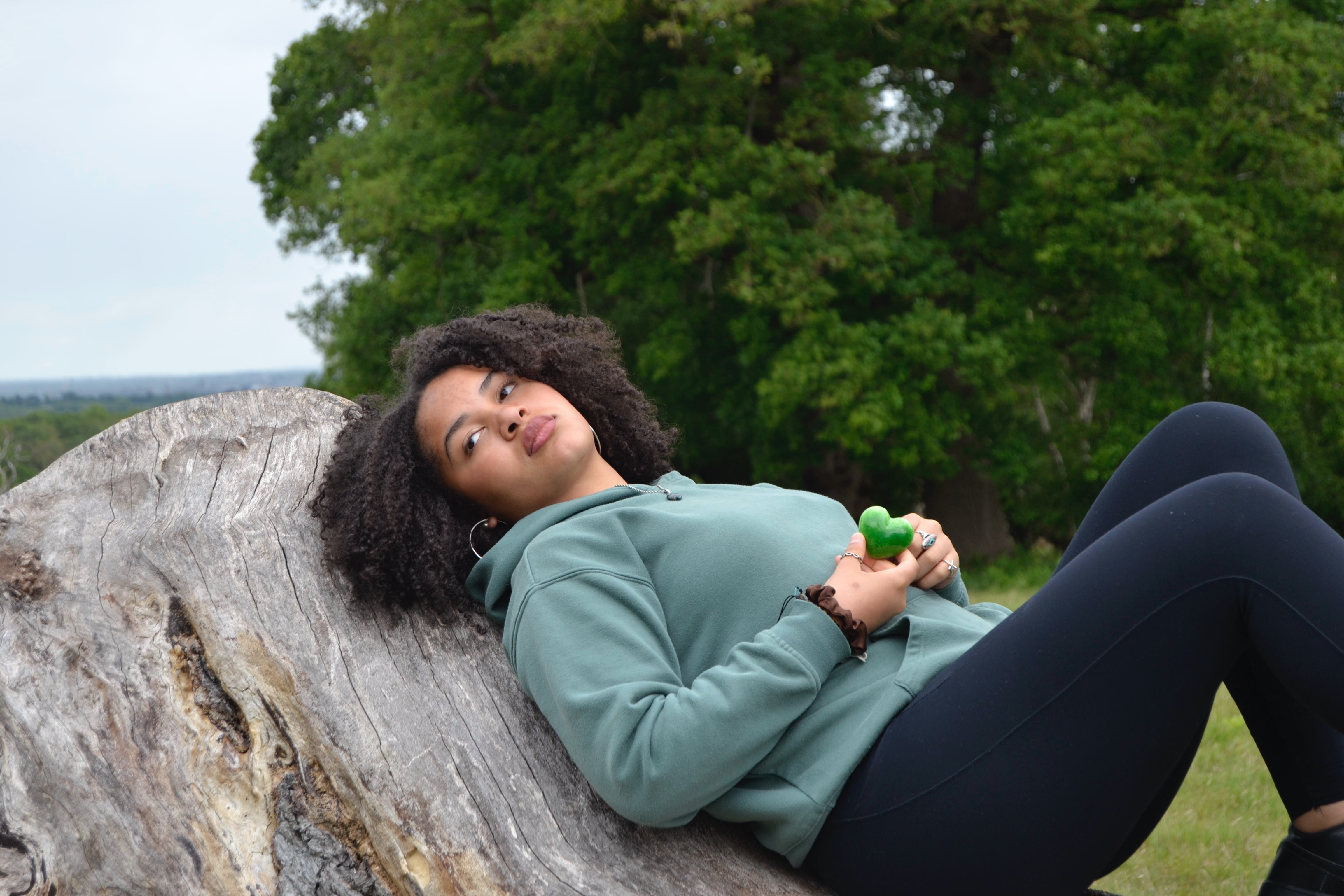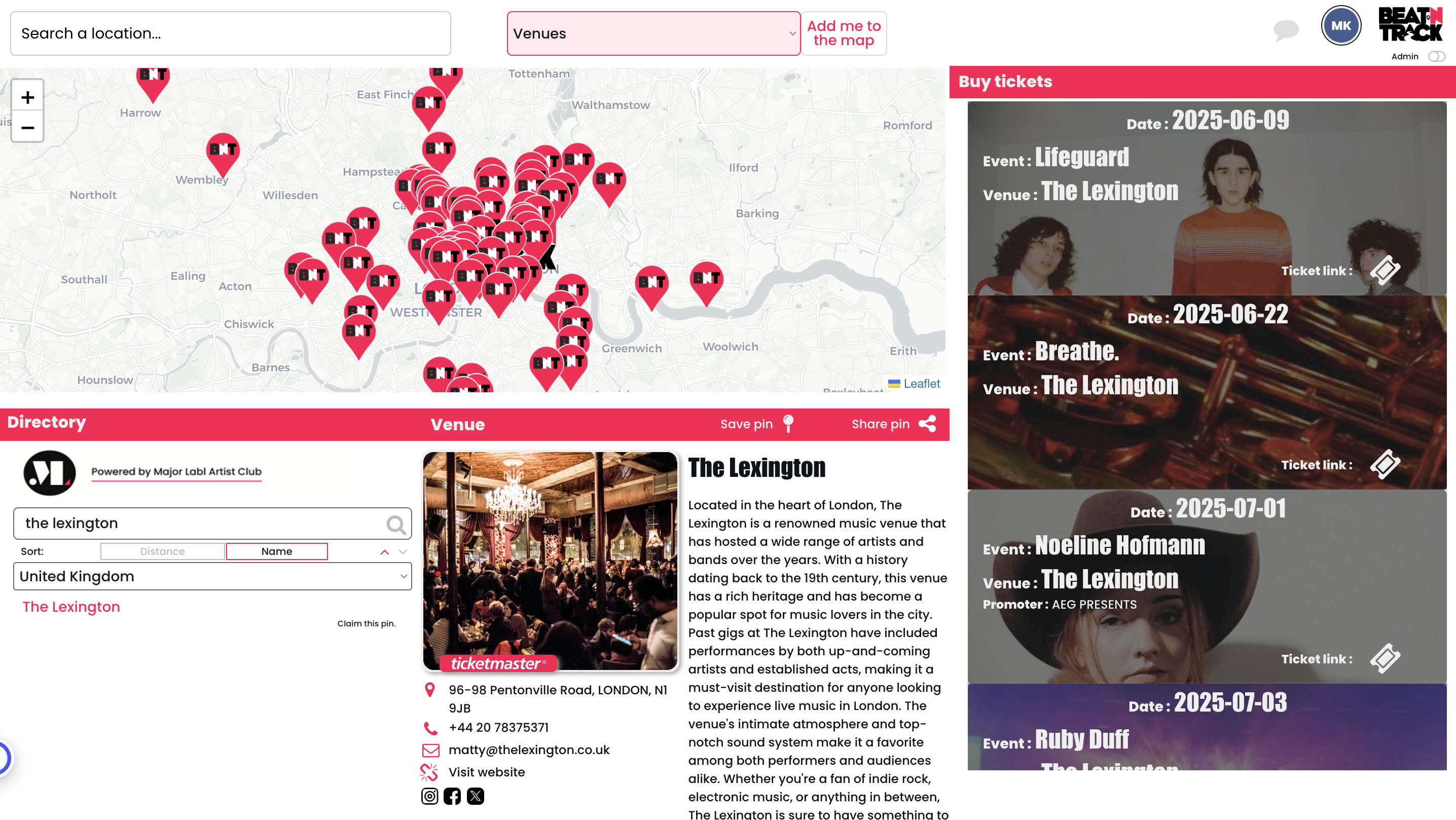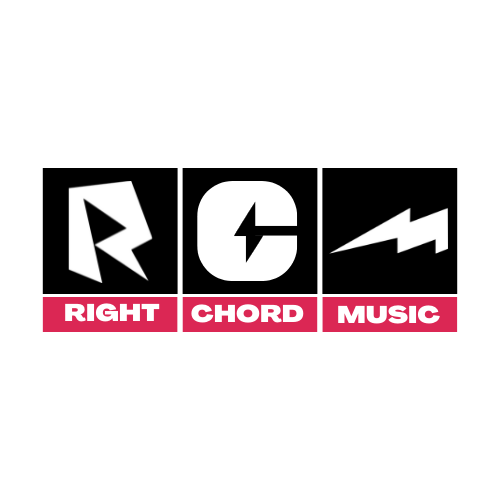In this article, we explain why radio pluggers fail to deliver the reach or frequency required to make a positive impact for unsigned and self released artists.
Your music is an advert
When you think about it, your music is an advertisement that you are trying to get on the radio. With this in mind, I recently explained how radio plugging worked to a planner and buyer within a big London media agency. Planners are the people who decide where advertisements are placed, and buyers secure the space. They do this for some of the world’s biggest brands. This is how I explained radio plugging.
“As an unsigned band, you are told to achieve success you need to hire a radio plugger to help place your music on radio station playlists. Typically you will pay between £800-£1500 per single. The campaign will span approximately 8-10 weeks and at the end of it, they can’t guarantee you any radio play at all.
The reason they can’t guarantee any radio support is that radio is dominated by major label-signed artists and tightly controlled playlists. Therefore as an unsigned artist, it is virtually impossible to break this monopoly. Your best hope on radio is a one-off spot play, on a regional, community or student radio station, even these opportunities are seldom given out to unsigned or self-released artists. If you do manage to secure a spot play, you have no control over when, or where this play will take place.”
This is a paraphrased version of their response
“If we were paid £1500 by a client and didn’t manage to secure them an audience for their advert we would be fired, this is crazy. Our media plan ensures the advert reaches the right people at the right time to maximise effectiveness. In this case, your song is your advert, so to have no control over where your advert is placed makes no sense.
Even if a radio plugger does manage to secure a one-off play that doesn’t mean that has been an effective media buy. It’s like the equivalent of targeting a female audience aged 18-25 in London and ending up with a male audience aged 55+ plus in Sheffield. This is a spectacular waste of money.”
The importance of reach & frequency
If you spend any time with media agencies you’ll hear the terms ‘Reach’ & ‘Frequency’ these are two key tenets of any campaign. Reach refers to the % of your desired target audience that will be ‘Reached’ by the advertising campaign and ‘Frequency’ refers to how many times your target audience will be exposed. Logic and a ton of research suggest that the combination of these two factors is the key to success, having one without the other is unlikely to work.
Radio pluggers fail to deliver reach or frequency for unsigned bands
Once again radio pluggers fail to deliver either reach or frequency for unsigned artists. Even on the off-chance, your plugger gets you on BBC6 Music how often do they secure you both reach and frequency? Let’s face it you won’t get a place on their playlist, a late-night spot play is the best you can hope for, while a late-night spot play on an internet, regional or community station is more likely to be the result.
Reach and frequency helps you convert listeners into fans. But when you have limited reach and one-off frequency that’s unlikely to happen, there is simply no chance to build enough momentum among enough listeners to convert them from listeners to fans).
The journey from listener to fan.
- Listener hears your song on the radio
- Listener likes your track
- Listener hears who the song is by
- Listener remembers who the song is by
- Listener takes direct action in response to hearing the song (Google search, Facebook search, iTunes or Spotify search, purchase gig tickets etc)
How many people complete this journey on the back of one play on late-night regional radio? So if you don’t spend £1500 on radio pluggers each time you release a single what is the alternative?
What’s the alternative to expensive radio pluggers?
The answer is threefold 1) Spotify 2) DIY PR 3) Social media advertising
The value of Spotify for unsigned bands
As an unsigned artist, you keep 100% of the income you generate from Spotify. Start making playlists featuring your music, share them with your friends, family and fans are encourage them to do the same. Creating buzz on Spotify is far easier than creating buzz on radio, it’s in your hands and it’s free. If Spotify senses a buzz they will add your music to one of their own curated playlists and at this point, things can literally go crazy. Just ask The Daydream Club an unsigned artist from Leicester who started this way and now attracts around 1m streams per month. That’s approximately £2,000 a month. Read more about what happens when Spotify playlists unknown artists here.
DIY PR
Promoting your own music is important, but it still helps to have the endorsement of others. Having a quote from a blog or influencer is important. Here is a simple way to build up a PR database of your own.
You can now submit your music to the RCM Indie Collective. One free submission could land you on multiple blogs, playlists and even radio.
How to build your own PR network
- Visit the Hypemachine website. (Hypemachine is a music blog aggregator).
- Search for artists that sound like you. Find the blogs and the authors that are writing about these artists. We recommend starting with no more with ten at a time.
- Next, spend some time giving them some love, share their posts, follow them and help promote them. Basically get on their radar across Facebook, Twitter and Instagram. Only when you have done this move to the final step
- Send them an email promoting your own music. Start by introducing yourself, tell them how much you enjoyed the article they wrote about the artist that sounds like you and suggest if they like them, they will also like your music. By spending some time supporting them, you will greatly improve the chances of them supporting you. Remember bloggers and artists share a common desire…to get more people to check out their work
Paid Facebook and Instagram Ads
Social media is awash with data with enables you to understand the audience your music attracts. For example, your Spotify Fan Insights will show you the cities where you have the most listeners globally by age and genre. It will also show you the other artists fans are listening to. Use this data to build an audience on Facebook Business
The penetration of Facebook is almost total, so if you want to only target males, aged 16-21 in Bath who also follow Stormzy and listen to Resonance FM you can.
You can create an advert to promote and existing post or create new content to target new fans or reconnect with previous engagers. Start by keeping budgets low (£3 will reach approximately 1,000 people) and test out a couple of different audiences, with a couple of different content options (tracks, videos, playlists) to see which ones deliver the best results.
Independent artist seeking further support?
If Facebook ads baffle you visit our sister company Major Labl, they provide management consultancy and creative solutions to help unsigned artists become independent artists.
In Conclusion
To be clear, this article is not suggesting radio can play no role in promoting music. That would be foolish, our recommendation is simply that as an unsigned artist you can spend your money much more efficiently and achieve much greater success by focusing on the channels you can control. Once you have become the most talked about artist on the Internet, and you have record labels beating down your door – let them pay for radio pluggers! At this point you will be able to get on playlists and radio will actually deliver reach and frequency you desire, but until then don’t waste your money on radio pluggers.








